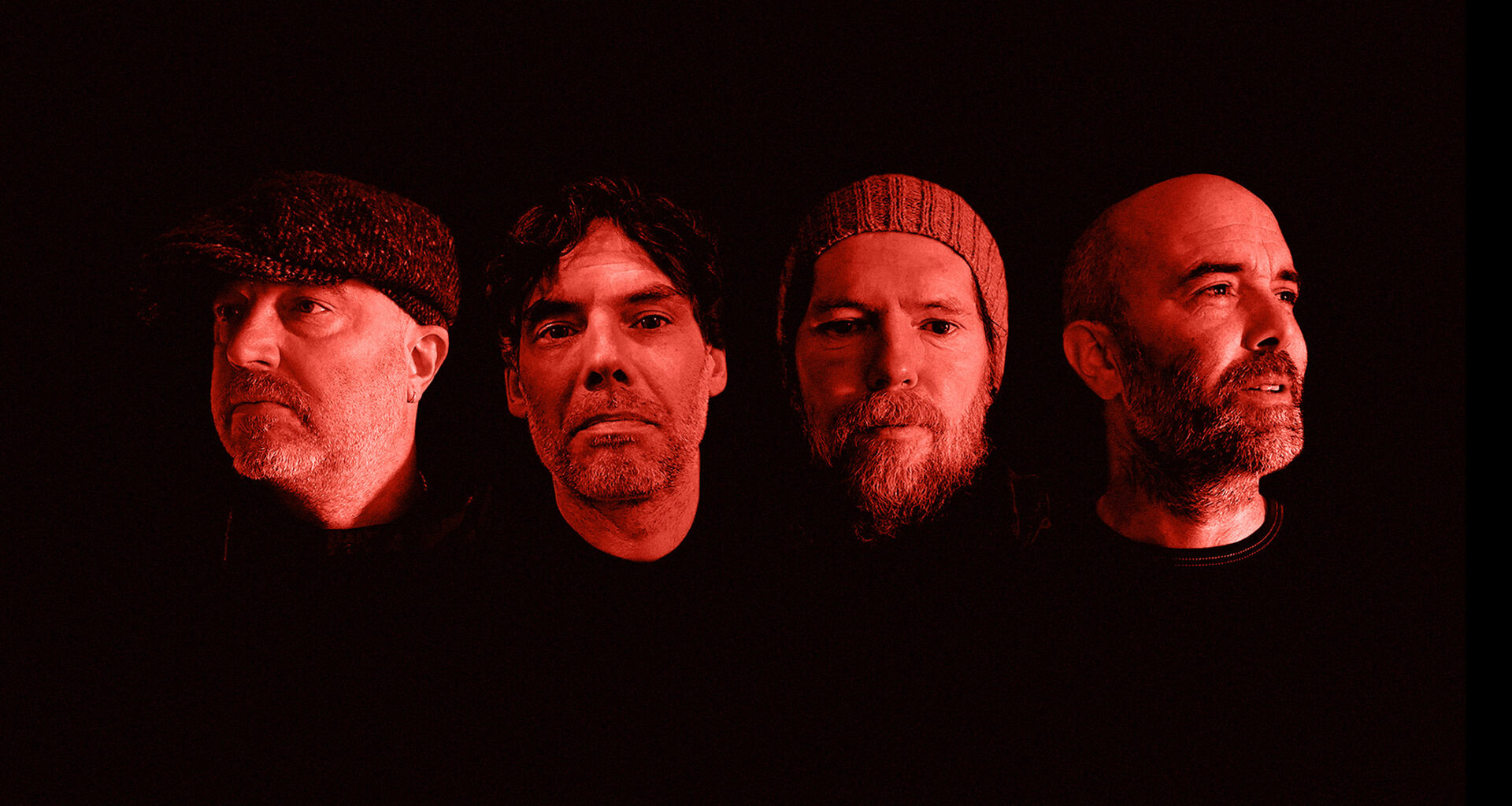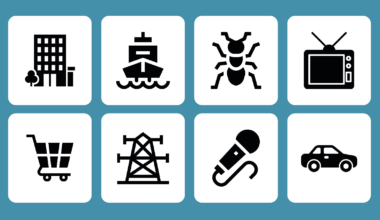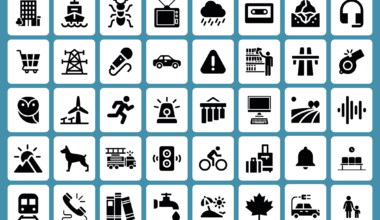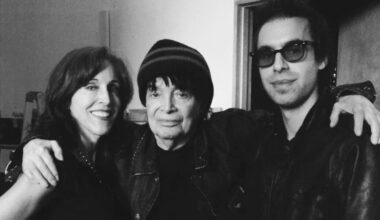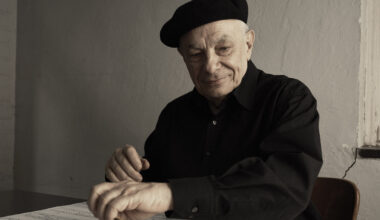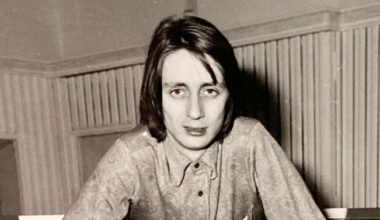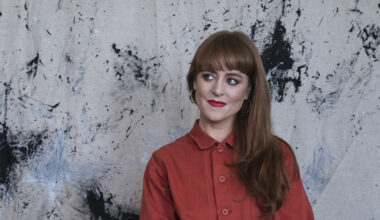As the future-facing Das Koolies, Super Furry Animals’ Huw Bunford, Cian Ciarán, Dafydd Ieuan and Guto Pryce explore a range of new sounds, concepts and artistic possibilities. Set the controls for a genre-bending vortex of electronic experimentalism
To remake/remodel one of British music’s most beguiling and beloved pop bands, first synthesise these following icons – Kraftwerk, Giorgio Moroder, Hardfloor, Arnold Schwarzenegger and Vincent Price. Numerous other inputs were also involved in the creation of Das Koolies, a four-piece activated from the circuitry of Super Furry Animals. A “scary goat” and a Welsh creative force called Rhys also feature in a story already promising to stand shoulder to shoulder with what came before.
The adventurous possibilities of this new collective have been tapping away at the psyches of Huw Bunford, Cian Ciarán, Dafydd Ieuan and Guto Pryce for some time. SFA’s 2015/16 reunion shows – which came off the back of a five-year break – remain perhaps the most logical date on this timeline.
But the origins of the group and the output collected on their forthcoming debut album, ‘DK.01’, hark back to a far earlier era – one that saw them working as a predominantly electronic act.
“We were forced – if that’s the right word – into a situation where the Furries were on hiatus again, and we wanted to carry on working together,” says Ieuan, explaining Das Koolies’ formation. “We sat down one day soon after the last tour and said, ‘What the fuck are we going to do now?’. We knew we wanted to do something.”
It started with a series of weekly “poker nights” which uncovered around 40 pieces of music, some stretching back to cassette recordings from the late 1990s and “in different states of completion”.
“It was a mishmash of ideas we didn’t see through from SFA rehearsals or album sessions,” says Ciarán.
“Gruff’s songs usually got in the fucking way!” jokes Ieuan.
“Or they might have been like black sheep that didn’t fit in with anything,” clarifies Ciarán.
Having navigated the pandemic, they picked up the pace in 2022, and this led to recording sessions at Strangetown Studios in Cardiff Bay, where ‘DK.01’ was mastered that November.
“This is a body of work that spans a long period in terms of influences, and it varies a lot, given how much you can absorb,” says Ciarán.
The time frame also impacted on the creation of the songs that feature on an expansive, extended 82-minute double album – which, at one point, looked set to fill three pieces of vinyl.
“We’re executing them in a different way than we would have done 10 years ago,” continues Ciarán. “You could argue that the nucleus of these ideas was written by 20-somethings but produced by our contemporary selves.”
Pursuing this somewhat flimsy, time-warp conceptualisation of events, he suggests that the emergence of Das Koolies actually returns the quartet to their “comfort zone”, referring to this latest phase in their musical iteration as a “reboot”.
“We started as an outfit with two cases of electronic kit,” he explains. “No acoustic instruments. The first Furries gig was in Bangor, with no guitars and no microphones.”
Indeed, within the unfamiliarity that will inevitably exist when a band like Super Furry Animals return minus their most recognisable member – lead singer and guitarist Gruff Rhys is not involved – Das Koolies have pulled off a neat sorcery trick with ‘DK.01’.
They’ve created something that goes consistently further out than the work of their previous incarnation, while still retaining many of the core components that made them such an influential and acclaimed band in the first place.
Anyone who saw SFA live will recognise the techno-inspired, muscle-stretching and eye-popping freak-outs that typically ended concerts in a technicolour blast of sound and vision, led by a singer in an oversized ‘Power Rangers’ helmet.
These elongated passages form the foundations of Das Koolies’ debut album. This is also where Arnold Schwarzenegger becomes involved – an extract of dialogue from the original ‘Total Recall’ acts as the inspiration for the opening track, ‘Best Mindfuck Yet’.
“We used that sample at the end of the show after playing ‘Gwreiddiau Dwfn’ during the ‘Mwng’ tour of the USA around 2005,” says Bunford. “Because we weren’t playing ‘The Man Don’t Give A Fuck’, we wanted a different ending. And that became the climax.”
So how do you go about clearing the voice of one of Hollywood’s most famous stars?
“You don’t – you get an impersonator,” says Bunford of the sample, which has been digitally recreated.
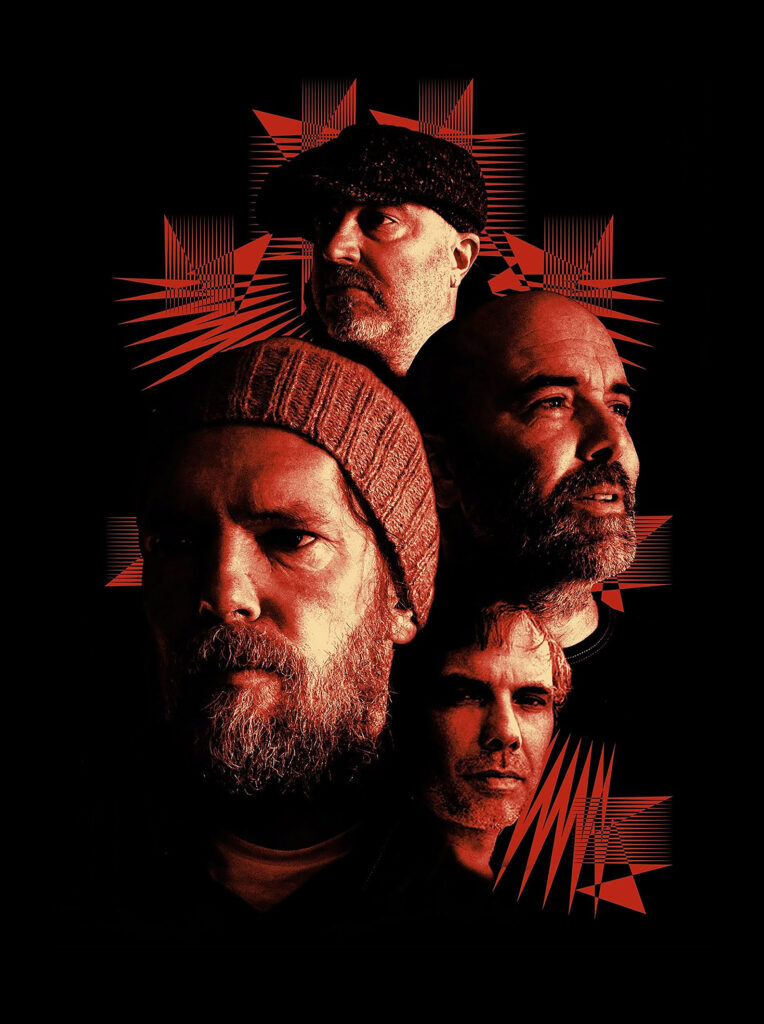
The marginally less famous actor Rhys Ifans – who was SFA frontman around the time of their 1993 formation and vocalist on their debut track, ‘Of No Fixed Identity’ – also appears on ‘Best Mindfuck Yet’, in a bleak closing sermon recorded on an iPhone via his home in Majorca. Like George Orwell barking TS Eliot’s ‘The Waste Land’ into Cardigan Bay, it sets the often unnerving tone of ‘DK.01’.
“I started singing about an experience I had encountering a scary goat on a cliff face near this remote beach in Nant Gwrtheyrn in North Wales,” says Bunford, explaining how the track evolved. “It was a bit too theatrical, and we wanted to get the story across in a different way. I wrote a monologue for Rhys, and he kept the first two and the last two lines and filled in the blanks.”
Ieuan highlights how such Vincent Price/’Thriller’-style atmospherics help to drive the album. The doomy themes of 20th-century Cold War surveillance and 21st-century artificial intelligence are mirrored in the monochrome short films – produced in collaboration with Edwin Burdis from the Dah Dit Dit creative studio – accompanying it. Bunford and Ciarán also confirm a desire to conjure suitably dank and malignant vibes.
“At the start of recording, I bought my first synth in 20 years – a Polivoks, which is USSR-built,” says Ciarán. More than any individual acts the group might choose to mention, it’s technology’s pernicious hold over modern society and its liberating function as a musical mode that are of particular significance in the overarching vision of Das Koolies. While Ciarán namechecks ‘I Feel Love’ by Donna Summer and Hardfloor’s ‘Hardtrance Acperience’ as informing their work, he suggests it’s more about “pieces of kit”.
“Giorgio Moroder said that if you want to make good dance music, you need a 303, an analogue drum machine and a Minimoog,” he says. “So it’s not necessarily about bands or artists. It was more what palette we were using.”
“I think we always had trouble sticking to one genre in the Furries,” adds Ieuan. “We had the habit of jumping around all over the place. Just imagine how much music we’ve heard over the last 20 years since the early demos. We never approached it thinking, ‘This is the sound we want’. The gear influenced it more than anything.”
Bunford, who in the mid-2010s studied Composing for Film and TV at the National Film and Television School (NFTS) at Beaconsfield Studios in Buckinghamshire, takes this one step further, emphasising how a sense of place also felt more notable than direct musical reference points.
This is illustrated by the field recordings he captured around the world throughout his years of touring with SFA.
“I got into making soundscapes, which had been impossible within traditional songwriting. I had hours of material. Instead of writing on tour, I used to record the experience of being in that particular country. I got the sounds of cicadas in Brazil, the rumbles of air conditioners in Tokyo, the jungle of Colombia – unique places that had the scope to work in the music and format of Das Koolies.”
DK.01’ is a reflection of the effervescent imagination of these four individuals, joined in aural matrimony with the patience and dedication to make it happen.
The album title alludes to automation, which is also expressed in the production line rhythms and programmed beats of ‘A Ride’. Shifting, slippery and cosmopolitan in sound, this is a record that feels as in touch with the fading memories of the underground North Wales rave scene of the band’s youth as it does with the colours of the Amazon.
Acid squelches throughout ‘Sky’, the suitably driving ‘Nuthin Sandwich’ takes Gary Numan on a tour-bus ride into the USA’s heart of darkness, while ‘Montezuma’ is an eerie, near 10-minute odyssey culminating in the spaghetti western trumpet solo that introduces ‘Holy Shit’.
There are abundant reminders of the band’s previous incarnation, which Ieuan says is an “inevitability”. ‘Pain Down The Drain’ barrels in like ‘Golden Retriever’, ‘Shakedown’ has something of the South American exoticism of ‘Northern Lites’, while circling melodies, breezy harmonies and horn interludes come thick and fast. But how did Das Koolies square the no-frontman circle?
“The last thing we wanted to do is be the Furries minus Gruff,” says Ieuan. “We had to do something that took us in a different direction, but obviously you’re still going to have the residue of that attitude. We dropped the acoustic guitar, and none of the songs were written sat down behind a piano or with an acoustic [approach]. The essence was the beats and the music before we did any vocals.”
“Some of Cian’s material was pure techno,” chips in Bunford. “We were used to that with Super Furry Animals, but there was always an element of trying to get a live feel to something electronic. Before we did any singing, we’d put in a guitar or bass and try to make it less electronic. With ‘DK.01’, we forgot about that and just wrote on top of a techno tune.”
In this set-up and with a revolving cast of contributors, vocals simply become an additional layer to the instrumentation (“like mantras”, says Ieuan) but with a much less notable or defining storytelling function.
“Initially there was some talk of doing a totally instrumental album,” reveals Ieuan. “Then one night Bunf jumped on the mic a bit worse for wear and started singing. It sounded pretty cool. And that opened up a Pandora’s box.
“So anytime someone had a vocal idea, we would have a mic open, and we decided to take that approach to vocals where it was like using samples. They’re more soundbites than fully formed poetry.”
“When the vocals are looped, it becomes quite repetitive and the brain switches off to create more of a percussive line,” continues Ciarán. “It’s not necessarily about the words – it’s about the mood and the rhythm. That stems from old-school techno and house. The loop is fundamental.”
“We hold each other’s hands and sing together like proper Welsh people!” wisecracks Ieuan.
What about the name, Das Koolies? This is where Düsseldorf’s finest come into it.
“We were recording ‘Guerrilla’ at Peter Gabriel’s Real World Studios near Bath in 1998,” says Ieuan. “We were there for ages and had this mini stage where we set up four or five instruments, à la Kraftwerk. There was a dulcimer, a couple of synths – Cian’s Behringer Pro-1 and a Moog Taurus – and a bare-bones drum kit.
We’d get drunk and start jamming.”
“It was our alter egos,” continues Bunford, who is credited with determining the group’s official name. “We always wanted to be in a band called ‘The something’. I think it was Daf who suggested ‘Das’, which is German for ‘the’. Then I saw the Matt Dillon film, ‘To Die For’. It’s a black comedy where he’s in a band called The Coolies, with the name written on the drum skin.”
In all this, there’s an obvious elephant in the room. Super Furry Animals have not played together as a band since appearing at the Cardiff International Arena in December 2016. What are the chances of another reunion?
“I have no idea, but I wouldn’t hold your breath,” says Ieuan. “Never say never, but it looks highly unlikely at the minute.”
It almost doesn’t matter. With ‘DK.01’, Das Koolies are looking to the future, not the past. They are – to lean once again into Arnold Schwarzenegger’s cinematic lexicon – “back”.
‘DK.01’ is released by Strangetown
